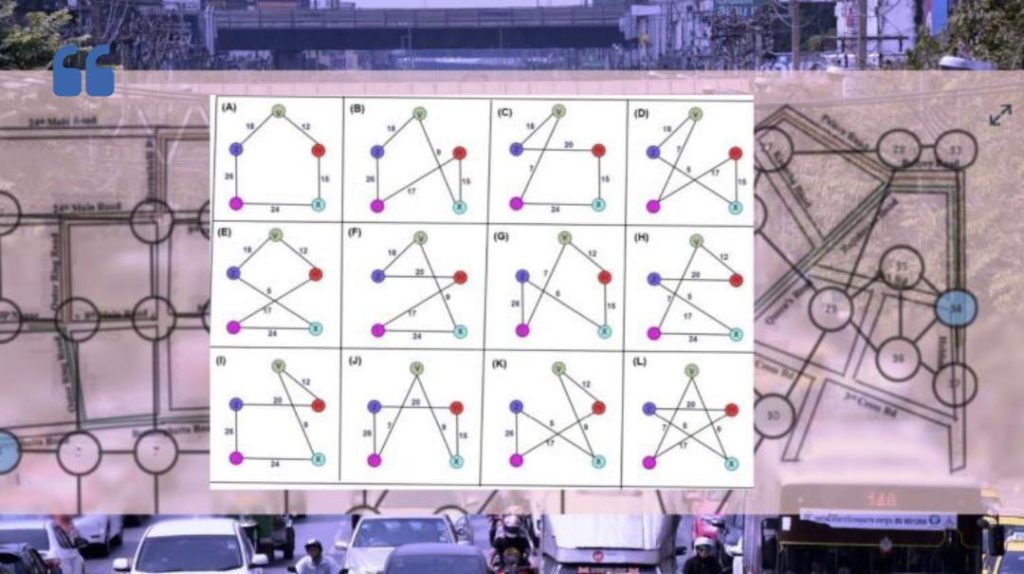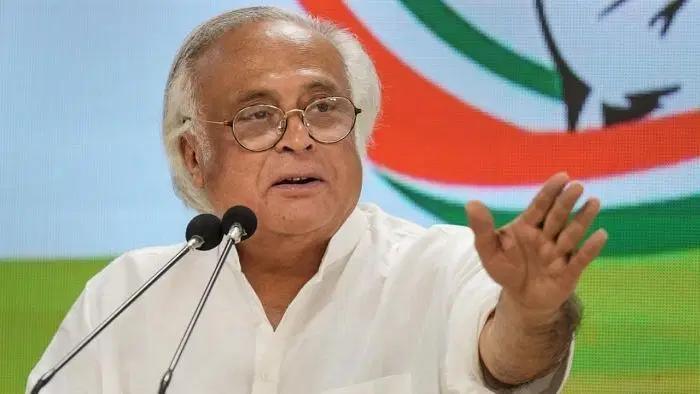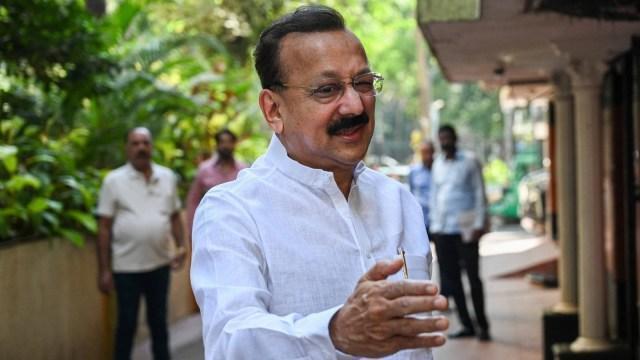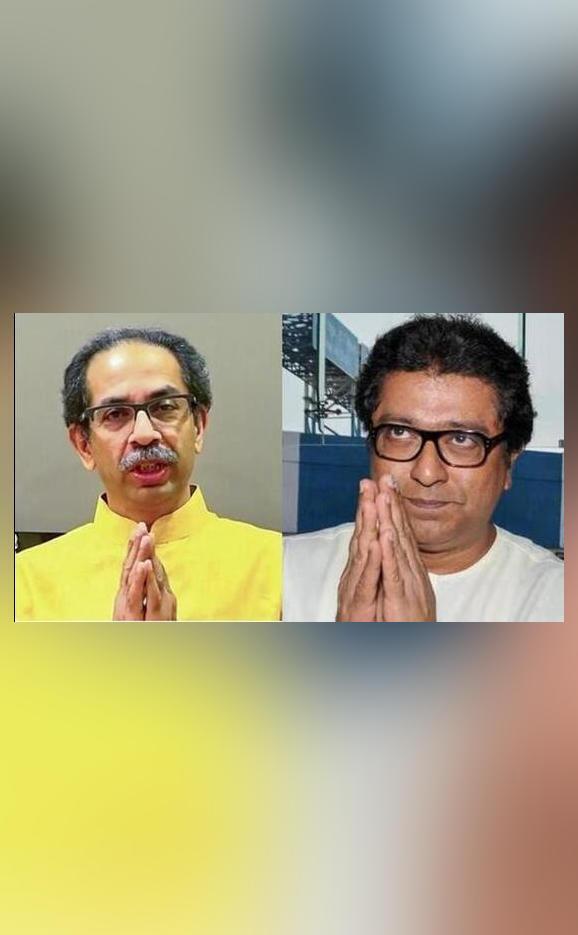
Revolutionizing Bengaluru’s Traffic Solutions
Bengaluru, the Silicon Valley of India, is a hub of innovation and technology. However, despite its rapid growth and development, the city’s traffic infrastructure has not kept pace, resulting in chaotic and congested roads. Bengaluru’s traffic woes have become a major concern for commuters, businesses, and the city’s administration. In recent years, researchers have been working tirelessly to find solutions to this complex problem. In a recent breakthrough, researchers at the Vellore Institute of Technology have proposed a novel approach to tackle Bengaluru’s traffic challenges using the Hamilton circuit algorithm.
The Hamilton circuit algorithm is a mathematical concept that was first introduced in the 19th century by William Rowan Hamilton. It is a graph theory concept that deals with finding a path that visits every vertex in a graph exactly once and returns to the starting vertex. In the context of Bengaluru’s traffic, the researchers applied this algorithm to transform bus routes from linear paths into circular paths. This innovative approach has the potential to revolutionize the city’s traffic management system.
The researchers identified twelve possible route options using the Hamilton circuit algorithm. These routes were designed to optimize traffic flow, reduce congestion, and increase the efficiency of public transportation. The routes were also designed to minimize the distance between bus stops, reducing the travel time for commuters.
The researchers analyzed the routes using various parameters such as traffic volume, road capacity, and bus frequency. They found that Bellary Road emerged as the top choice to enhance urban mobility. Bellary Road is one of the busiest roads in Bengaluru, with a high volume of traffic during peak hours. The researchers found that by implementing a circular route on Bellary Road, the traffic congestion could be significantly reduced.
The proposed route would start from the KR Market bus stand and cover popular destinations such as the National College, Jayanagar, and the M.G. Road junction. The circular route would be designed to reduce the number of turns and intersections, making it safer and more efficient for buses to navigate. The route would also be designed to reduce the distance between bus stops, making it easier for commuters to board and alight from the buses.
The researchers believe that the implementation of this circular route would have a significant impact on Bengaluru’s traffic management system. The route would reduce congestion, improve air quality, and increase the efficiency of public transportation. The route would also reduce the travel time for commuters, making it more convenient for them to travel to their destinations.
In addition to the circular route on Bellary Road, the researchers also proposed implementing similar routes on other busy roads in Bengaluru. The researchers believe that by implementing a network of circular routes, Bengaluru’s traffic congestion could be significantly reduced.
The implementation of the Hamilton circuit algorithm is not the only solution to Bengaluru’s traffic woes. Other solutions such as improving public transportation, promoting non-motorized transportation, and implementing intelligent transportation systems (ITS) are also being explored. The city’s administration has been working to implement these solutions, and the results are starting to show.
In recent years, the city’s administration has been working to improve public transportation in Bengaluru. The government has introduced new bus routes, increased the frequency of buses, and improved the quality of buses. The government has also been promoting non-motorized transportation by constructing bike lanes, pedestrian bridges, and improving pedestrian infrastructure.
The government has also been exploring the use of ITS to manage traffic in Bengaluru. ITS involves using technology such as sensors, cameras, and GPS to monitor and manage traffic flow. The government believes that ITS has the potential to reduce traffic congestion, improve air quality, and increase the efficiency of public transportation.
In conclusion, the researchers at the Vellore Institute of Technology have proposed a novel approach to tackle Bengaluru’s traffic challenges using the Hamilton circuit algorithm. The algorithm has the potential to revolutionize the city’s traffic management system by reducing congestion, improving air quality, and increasing the efficiency of public transportation. The proposed route on Bellary Road is a significant step towards solving Bengaluru’s traffic woes, and the researchers believe that similar routes could be implemented on other busy roads in the city.
As the city continues to grow and develop, it is essential that the city’s administration and researchers work together to find innovative solutions to traffic congestion. The implementation of the Hamilton circuit algorithm is just one example of how technology can be used to solve complex problems. As we move forward, it is essential that we continue to explore new and innovative solutions to Bengaluru’s traffic woes.






